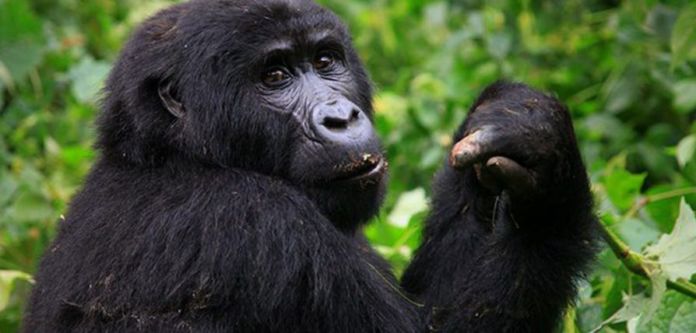Scientists who resurrected a 50,000-year-old gene sequence have analyzed it to figure out how the world’s deadliest malaria parasite jumped from gorillas to humans – giving insight into the origins of one of human history’s biggest killers.
The researchers said their work also deepens understanding of a process known as zoonosis – when a pathogen that can infect animals acquires genetic changes enabling it to infect humans – as has been the case with diseases such as flu and Ebola.
In the case of the most deadly form of the malaria parasite, Plasmodium falciparum, this analysis found that it gained its ability to infect human blood cells from a section of DNA that had transferred from a gorilla parasite.
By analyzing the crucial DNA sequence, the researchers found it included a gene that produces a protein called RH5 which binds to a protein receptor in human red blood cells.
“The fact that this ancestral RH5 protein was able to bind to red blood cell receptor(s) … from both humans and gorillas immediately provided a molecular explanation for how P. falciparum evolved to infect humans,” said Francis Galaway, who co-led the research team from Britain’s Wellcome Sanger Institute and France’s Montpelier University.
Malaria is spread by mosquitoes and infects around 216 million people a year worldwide, according to World Health Organization (WHO) data. The disease kills more than 400,000 people a year, the vast majority of them babies and children in the poorest parts of Africa.
“In the history of mankind, it’s been estimated that malaria has been responsible for more human deaths than any other disease,” said Gavin Wright, who co-led the work.
“So it is both important and fascinating to understand the molecular pathways that enabled this deadly parasite to infect humans.” (Reuters)









